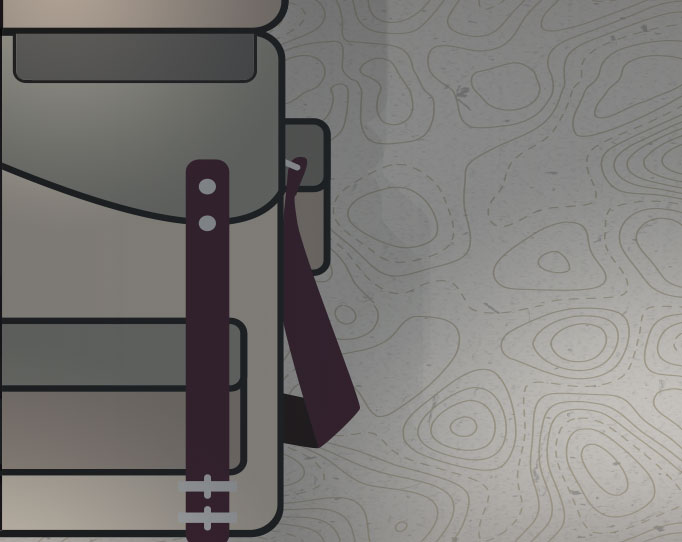Old Processes Make New Messes for the Service Desk

You’re out getting lunch, and you receive an urgent notification to the IT service desk for a major incident that needs your immediate attention. You try to handle it, but your phone is a generation behind, and it is no longer able to penetrate your organization’s network of integrated systems.
You try to follow major incident process, but everything seems alien. There are strange new names for familiar features, your favorite links are in unusual places, you can’t reach your contacts, you have to log in at every step, and you’re suddenly unable to resolve critical issues that you used to fix with your eyes closed.

Everything about your phone seems alien.
Read the report.
Even your go-to moves like holding down the phone’s power button let you down, and you wonder how on earth you’ll tackle this. To prevent minor issues from becoming major incidents, you need a way to manage technology that’s evolving constantly.
When Bad Turns Frustrating
Even in the best of times, your trusted processes often prove to be no match for the increasing frequency of service outages, hardware failures, data breaches, malware attacks and more. Situations escalate from status quo to code red in an instant. The challenge goes from solving the major incident to getting the right information to the appropriate person.
Monitoring services are collecting data from across a network of services. So when a major incident occurs, you have all the information you need to start the resolution process. Every step is logged in your service desk system to give you a valuable system of record.
What you lack is the intelligent communication platform to parse the data and get relevant information to the right people in a timely manner.
The Cost of a Major Incident
There are many benefits to having a communication platform that can overcome these challenges. Not only does it lead to a lower mean time to resolve, but it also helps the company’s reputation and can save the company a lot of money.

Major incidents have become the new normal. Read the report.
According to an independent 2015 survey of more than 400 IT professionals, fewer than 25 percent of companies have any staff that is solely dedicated to major incident management. Frequent major incidents have become the new normal, with 68 percent of companies reporting a major incident at least several times a year and 95 percent of large companies reporting several per year. Not surprisingly, 82 percent of companies say they have a significant impact to their revenue. The full impact, according to IDC, averages around $500,000 to $1 million per hour of critical application failure.
What Your Communication Platform Needs
In all likelihood, your service desk system by itself just doesn’t cut it anymore. While service desk systems are a great system of records, they are not strong enough to provide and maintain constant communication as an incident unfolds.
These five essentials, which we will touch on in future blog posts, are Rapid Engagement, Intelligent Responses, Multi-Modal Support, Integration with Operations and Proactive Communication recover the money lost and restores faith and the reputation of the company’s IT department.

Read the Major Incident Management Survival Guide
Complimentary Report
These essentials are the basis of a proper communication solution, which can minimize the chaos that comes with new, more complex issues.
Our new report, Major Incident Management Survival Guide for the Service Desk, details what a communication platform needs, including those five essentials, and what it should provide. Read Major Incident Management Survival Guide for the Service Desk.